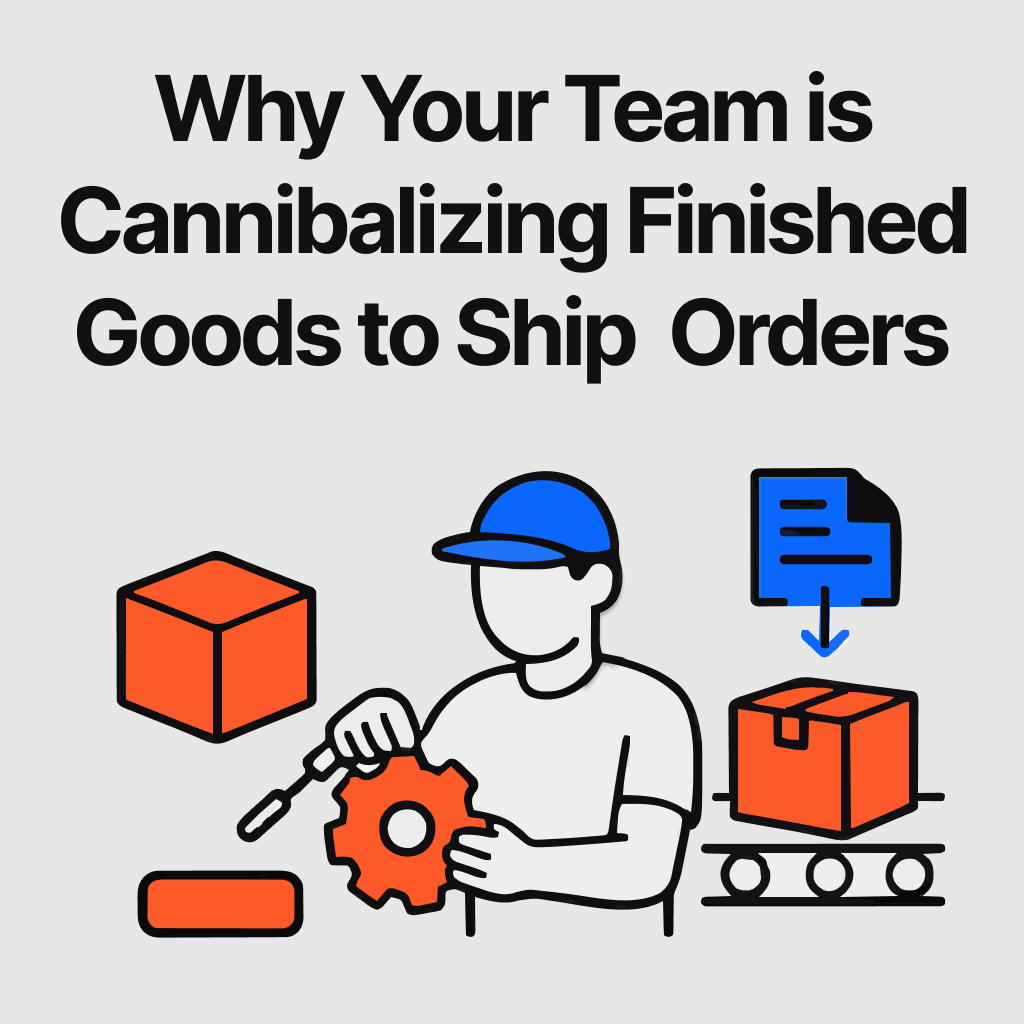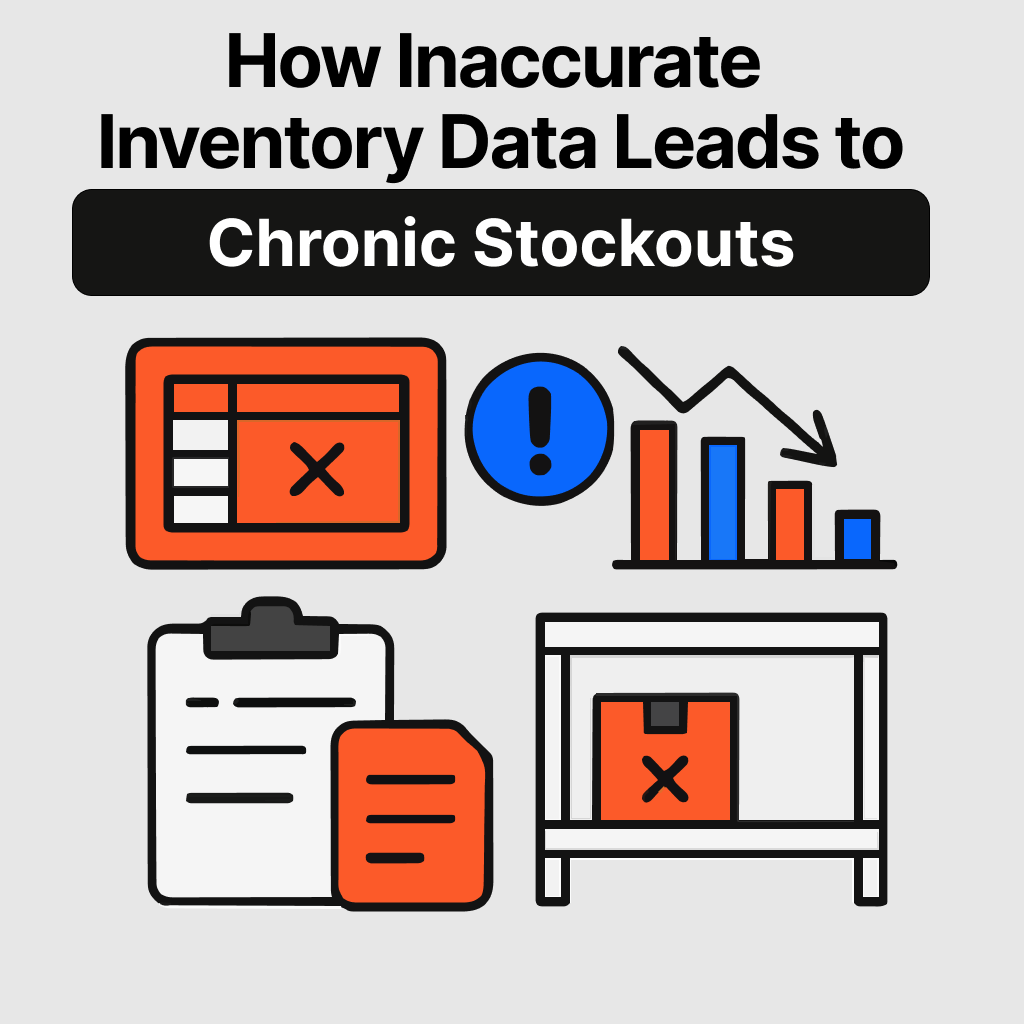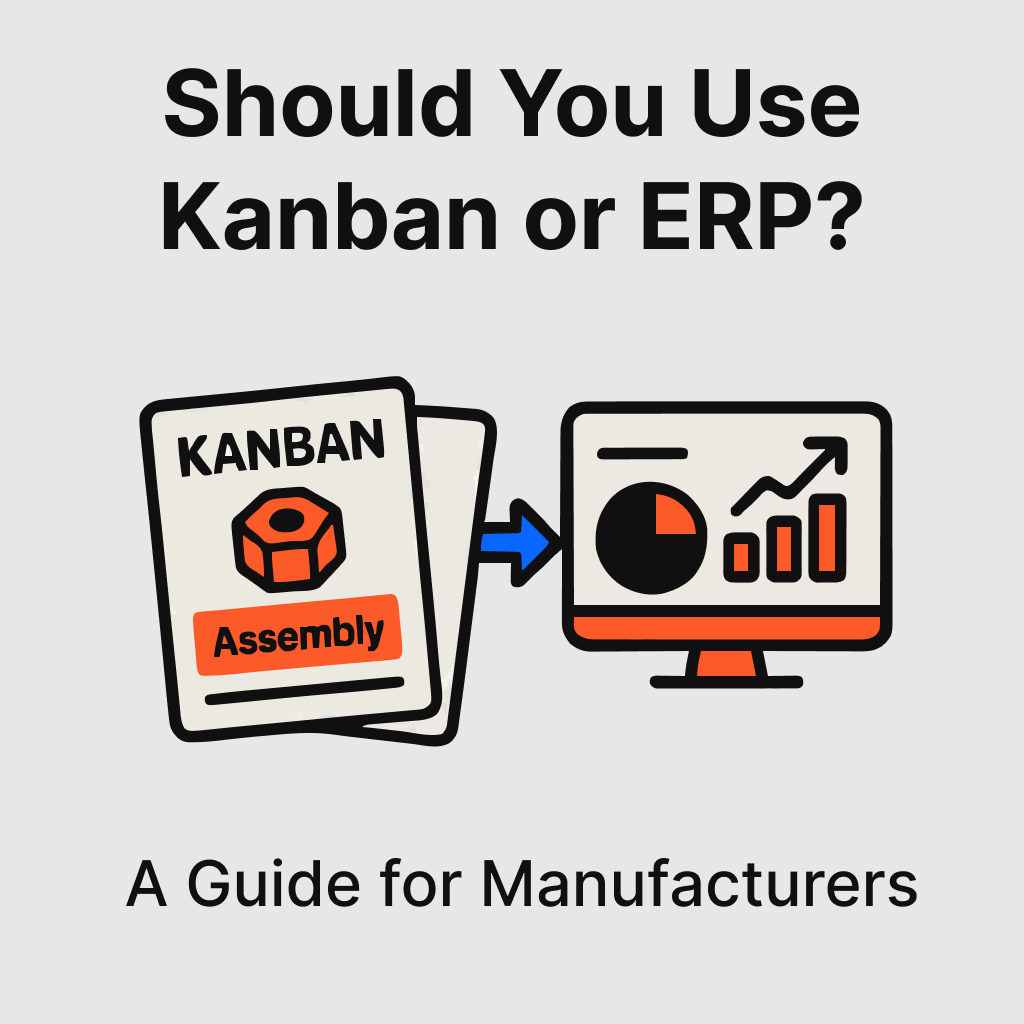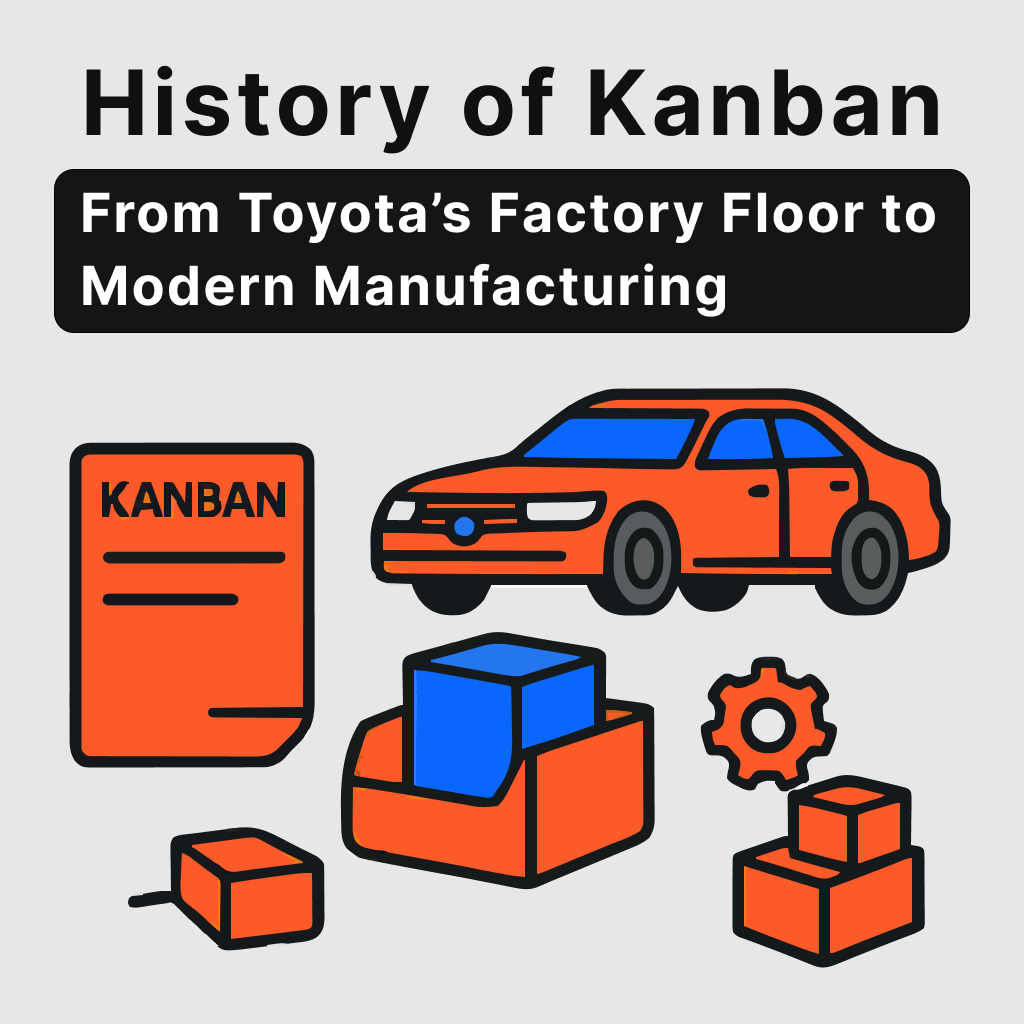It's near the end of the quarter and your most important customer is breathing down your neck about their delayed order. Your technician working on assembling the product walks over to your inventory shelves, reaches for a critical part, and finds... nothing. The part that should be ready to slot into your product simply isn't there.
So what happens next? Something that makes inventory managers, manufacturing leaders and cost accountants weep: your technician grabs a finished unit from another order, carefully disassembles it, and extracts the single part needed to complete the urgent shipment. You've just witnessed the crime of inventory cannibalization in action – the invisible operation where your team cannibalizes finished goods to keep orders moving.
If this scenario sounds painfully familiar, you're not alone. This costly practice isn't a sign of bad employees or poor management. It's the symptom of a broken inventory system that treats each component as an island rather than part of a connected ecosystem.
The Domino Effect: How Good Intentions Create Inventory Chaos
The problem often starts with the best of intentions. Someone on your team notices that a particular product keeps running out – it's a hot seller, and customers keep asking for it. Being proactive, they decide to solve the problem by building a large batch.
"We ran out of this part again," they think. "I'm going to sit down and crank through 50 units so we have plenty on the shelf."
This seems logical, even admirable. But here's where the domino effect begins: that enthusiastic batch production just consumed every single bolt, gasket, or mounting bracket that five other products also need. The person building the batch had no visibility into the shared components or upcoming orders for other products.
The next morning, orders come in for those other products. Your team goes to assemble them and discovers they're out of the shared components. But that important customer can't wait for a new shipment of bolts. The deadline is today.
So they make a pragmatic decision: they'll disassemble one of those 50 units sitting on the shelf, extract the needed bolt, and complete the urgent order. What started as efficient batch production has become an expensive exercise in assembly and disassembly.
The True Cost of Your Hidden Factory
When manufacturing teams cannibalize finished goods to fill orders, they're operating what amounts to a hidden factory – an invisible operation that doesn't appear on any inventory records or cost accounting sheet but consumes real resources and creates real problems.
Customer Service Nightmare
In today's economy, customers expect updates when their orders hit the four or five-day mark. When you can't ship because you're playing parts Jenga with your inventory, you create a customer service burden that compounds daily. Each delayed order generates follow-up emails, phone calls, and increasingly frustrated customers who may take their business elsewhere.
The Cannibalization Tax
Your cost accounting might show a clean cost of goods sold, but it doesn't account for the "cannibalization tax" – the hidden cost of assembling products you'll later disassemble. Some manufacturers discover they're taking apart 10%+ or more of the units they build. That's double labor with zero added value.
Even worse: sometimes teams forget they've removed a component and the incomplete unit gets repackaged and shipped. Now you're dealing with returns, expedited replacement parts, and customers who've lost trust in your quality control.
The Firefighting Culture
Perhaps most insidiously, this system rewards firefighting over systematic thinking. The employees who excel at the mental gymnastics of figuring out which orders to cannibalize and which customers to disappoint become your heroes. They're the ones laying out order slips on tables, doing complex calculations about how to minimize customer pain across multiple incomplete orders.
But rewarding firefighters means you're not building systemizers. And only one of those groups scales well as your business grows.
People Dependency Risk
Inevitably, one person becomes the institutional knowledge keeper – the savant who knows what goes into every assembly, has a feel for demand patterns, and makes the daily decisions about what to build and what to order. This person can't take vacations, gets interrupted constantly, and if they leave, you're starting from scratch.
Inventory Bloat and SKU Creep
Frustrated with constant stockouts, teams often respond by ordering far more than they need of everything. But if you're missing one component out of 100 required for an assembly, you still can't ship – even if you're carrying five times the necessary inventory of the other 99 components.
Meanwhile, without a systematic approach to component management, every new product design becomes an opportunity for SKU creep. Engineers specify new bolts instead of using existing ones simply because there's no easy way to know what's already in the system.
Why Traditional Solutions Fall Short
Many manufacturers recognize these problems and attempt solutions that address symptoms rather than root causes. They might implement elaborate spreadsheet systems, hire additional coordinators, or attempt to deploy enterprise resource planning (ERP) systems.
The ERP route is particularly seductive and particularly dangerous. The promise is compelling: get all your data into one system, build out your bills of materials, and let software manage the complexity. The reality is often months of organizational disruption, six-figure software investments, and systems that still don't prevent the original problem. In fact, 70% of ERP implementations fail.
The fundamental issue isn't the lack of sophisticated software – it's the lack of connection between demand and replenishment throughout your supply chain.
%201.svg)








.svg)














.svg)
.svg)

.svg)